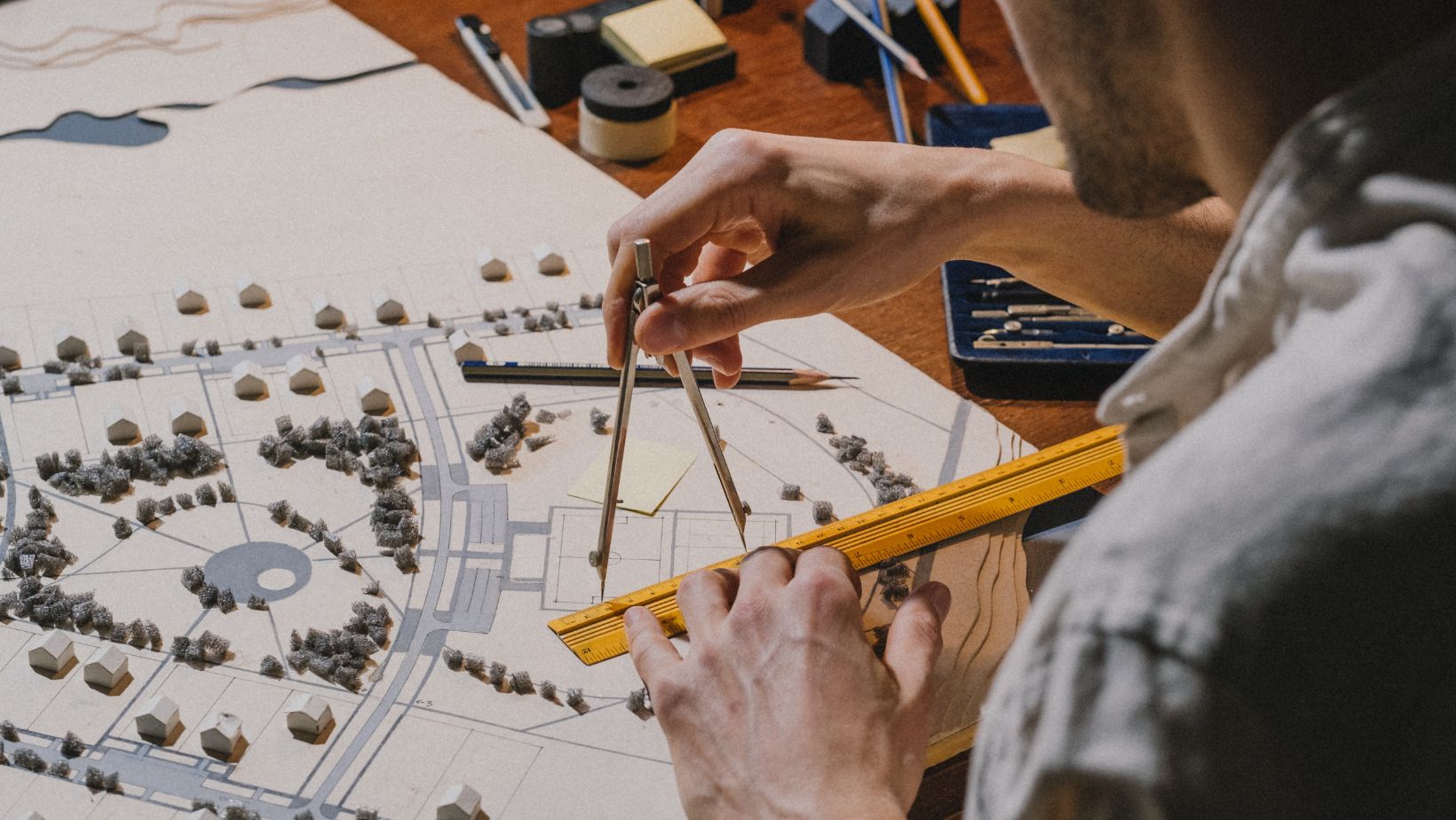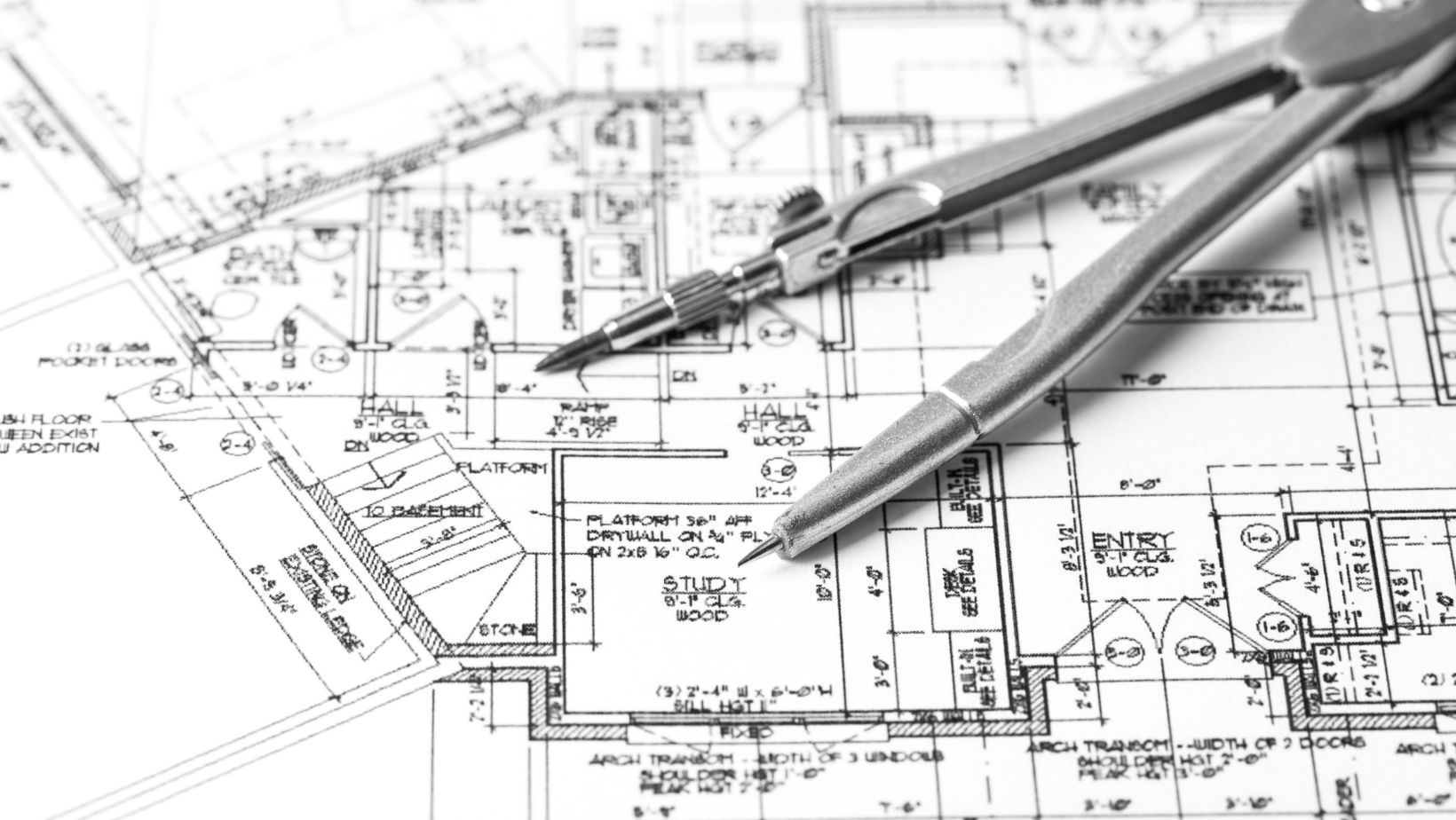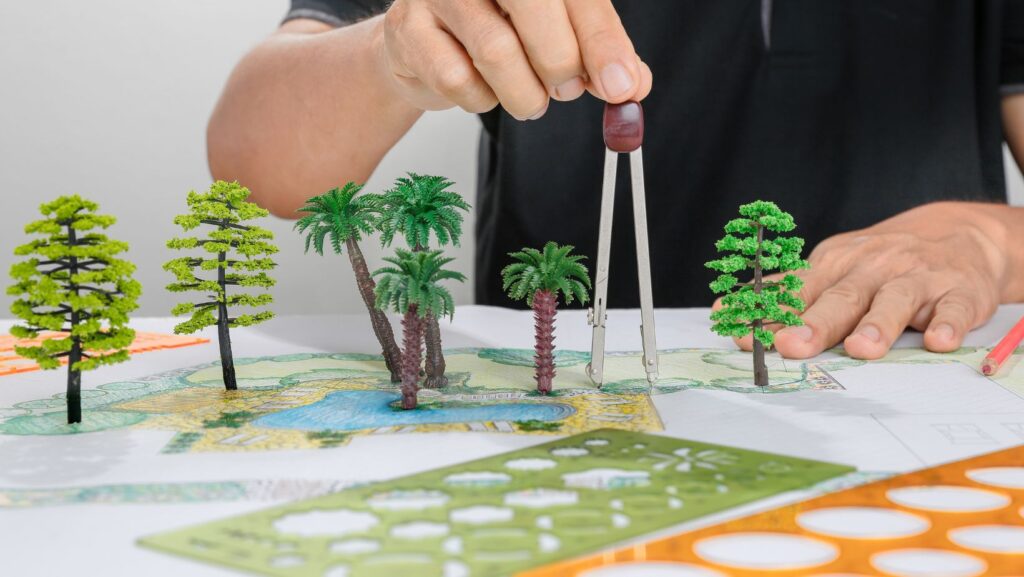As architects, designers, and urban planners, our role in shaping the places we inhabit daily—our homes, offices, schools, and public spaces—is crucial. Our designs play a decisive role in how people feel, think, and function. With the growing awareness of this connection, the concept of health and wellness architecture has become increasingly relevant. It refers to a design approach that prioritizes physical, mental, and emotional well-being by aligning built environments with human needs. From natural light to air quality, biophilic design to spatial flow, architecture is no longer just about form and function—it’s about fostering a healthier, more balanced life.
Understanding the Link Between Architecture and Wellbeing
Long before the term “wellness” became a buzzword, architects were exploring ways to create spaces that support human health. But today’s approach is more deliberate, interdisciplinary, and grounded in both science and empathy. The connection between environment and well-being is backed by research in psychology, neuroscience, and public health, highlighting the need for collaboration across disciplines in the field of wellness architecture.
For example, access to daylight has been shown to improve mood and sleep patterns. Spaces that reduce noise pollution support mental clarity. Materials free of toxins and pollutants enhance air quality and overall health. These are not just aesthetic decisions—they’re health strategies embedded in the blueprint of a building.
Design Elements That Promote Wellbeing
Wellness-focused design incorporates various strategies, each tailored to enhance a specific aspect of the human experience. Some of the most impactful elements include:
Natural Light and Ventilation
Daylight affects our circadian rhythms, productivity, and mood. Large windows, skylights, and open layouts allow for a deeper connection with the natural world. Similarly, access to fresh air through operable windows or advanced ventilation systems improves respiratory health and reduces airborne contaminants.
Biophilic Design
Biophilic design is the practice of bringing elements of nature into the built environment. This can mean incorporating indoor plants, using natural materials like wood and stone, or creating views of greenery. Even subtle design cues like organic patterns or water features can reduce stress and increase feelings of calm.
Acoustic Comfort
Sound is often overlooked in design, yet it can make or break a space. Excessive noise leads to stress, sleep disruption, and even cardiovascular issues. Acoustic panels, thoughtful layouts, and material choices can absorb unwanted sounds and help create quiet, restorative environments.

Spatial Flow and Layout
A well-designed layout encourages movement, social interaction, and ease of use. Whether it’s a home that promotes calm transitions from one room to the next or a workplace that encourages walking and collaboration, the way space is organized directly impacts our behavior and comfort.
Material and Air Quality
Non-toxic paints, low-VOC materials, and natural finishes contribute to healthier indoor air. Beyond aesthetics, selecting building materials is essential for reducing exposure to allergens, irritants, and long-term health risks.
Where Wellness Design Matters Most
Although wellness design principles can be applied anywhere, they’re particularly critical in environments where people spend significant time.
In residential architecture, this could mean designing homes that encourage relaxation, provide access to outdoor space, and support healthy routines. Bedrooms with blackout shades for better sleep, kitchens with natural light to promote mindful eating, and flexible spaces for exercise are all part of the wellness toolkit.
In workplaces, wellness architecture aims to reduce burnout and improve focus. This may include ergonomic furniture, quiet zones, natural light, or even greenery integrated throughout the space to encourage calm and focus.
In healthcare facilities, the emphasis is even greater. Patient rooms with views of nature, family-friendly lounges, and intuitive layouts contribute to faster healing and reduced stress for both patients and staff.
In schools and educational settings, designs that support cognitive function, reduce noise, and encourage physical movement have been linked to improved learning outcomes and student wellbeing. This potential for positive change should inspire optimism and hope for the future.
Designing for Community and Connection
Another key dimension of wellness design is its ability to foster connection. Human beings are inherently social, and the built environment can encourage or inhibit that connection. Spaces that are warm, welcoming, and accessible promote a sense of belonging and inclusion. Public gathering areas, open plazas, walkable neighborhoods, and multi-use community centers are examples of how architecture can support both individual and collective well-being.
Inclusive design also plays an important role. Ensuring that buildings are accessible to people of all ages, backgrounds, and abilities is fundamental to a healthy society. This means thinking beyond ramps and elevators—it’s about intuitive navigation, sensory considerations, and respectful, human-centered design.
The Future of Wellness in Architecture
As urban populations grow and lifestyles become more digitally driven, the need for restorative, health-supportive spaces will only increase. Sustainability and wellness are increasingly intertwined, with green building certifications (like WELL and LEED) incorporating environmental and human health metrics.

Technology also plays a role in the future of wellness design. Smart systems can monitor air quality, adjust lighting based on circadian needs, and personalize environments in real time. However, the heart of wellness architecture remains rooted in simple principles: empathy, awareness, and a deep respect for the people who use a space.
Final Thoughts
At its core, health and wellness architecture is about reimagining how buildings can serve their inhabitants. It’s a return to human-centered design that acknowledges how the built environment shapes our daily lives—from the air we breathe to the way we feel, focus, heal, and connect. As architects, designers, and planners continue to embrace this approach, we’ll move closer to a future where every building supports not just function, but flourishing.


More Stories
How Global Living Is Shaping Modern Design Choices at Home
How Professional TV Mounting Transforms Your Living Room (And Why DIY Often Fails)
Accoya Wood Benefits for Long Lasting Sash Windows